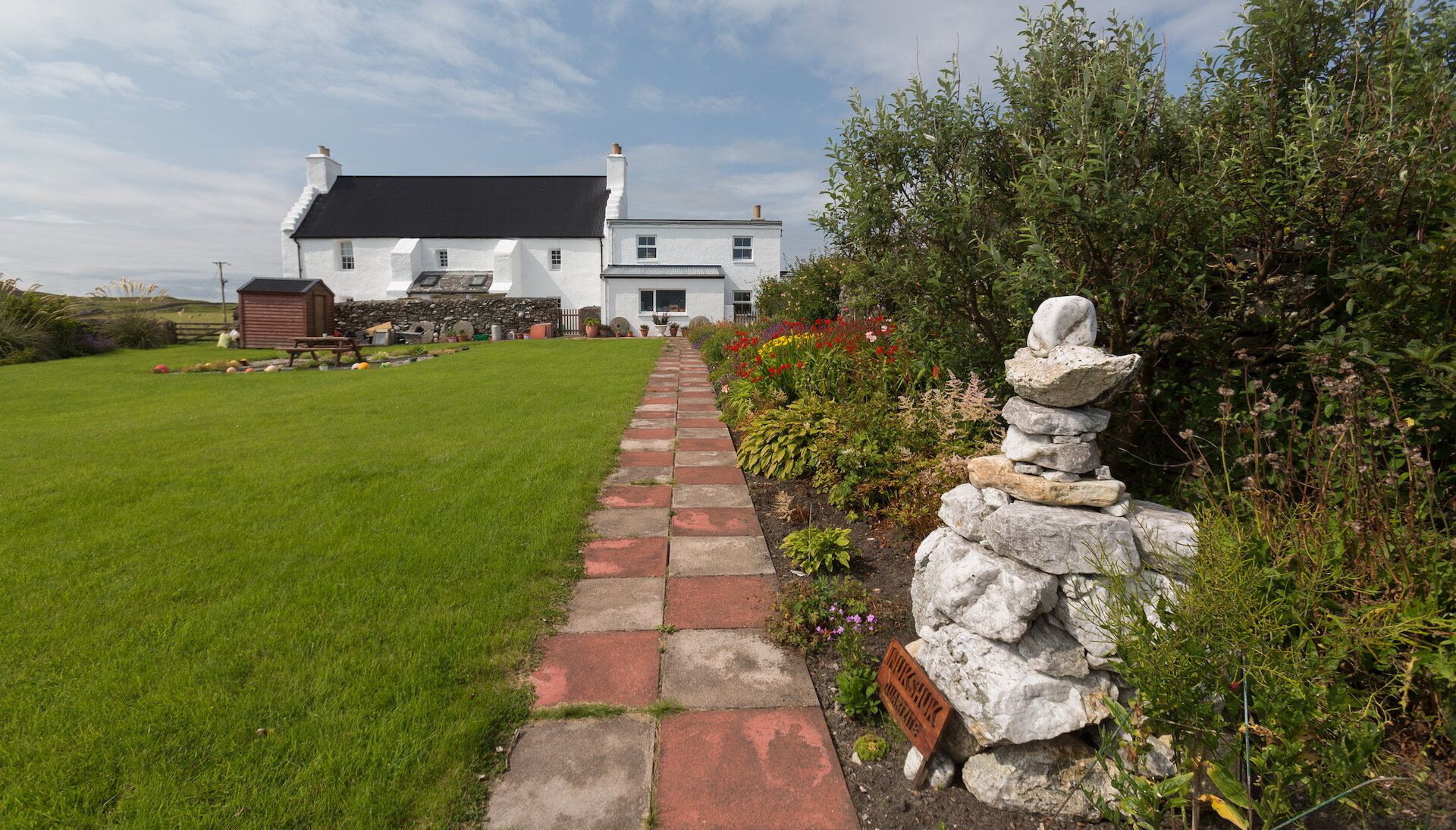A quick introduction
Yell is a rectangular-shaped island much of which is covered in peaty moorland and grazing sheep, who often quite happily wander out onto the open road – so drivers beware! The untouched moorland is interspersed with coastal crofting communities, the largest of which is Mid Yell.
The island has been inhabited since Neolithic times and there are 12 known broch sites. The Vikings settled during the Norse period, as is evident in placenames like Dalsetter and Gossawater. In the 17th century, Burravoe in Yell became an important Hanseatic trading post and the fishing industry was an important part of the island's economy right up to the 1950s.
More recently, in 2014, Yell became the site of the world's first community-owned tidal power generator in Bluemull Sound, in the north of the island.
How to get to Yell
Scheduled daily ferries run from Toft in the north Mainland to Ulsta in Yell. You can also take the car ferry onwards from Yell to Unst and/or Fetlar.
A bus service runs several times a day between Ulsta in south Yell and Cullivoe in north Yell. There are various less-frequent bus services throughout Yell, and also to/from Lerwick. See the ZetTrans website for the latest timetables.
Where to stay
There's a range of self-catering and bed and breakfast options in Yell; see our Accommodation page.



